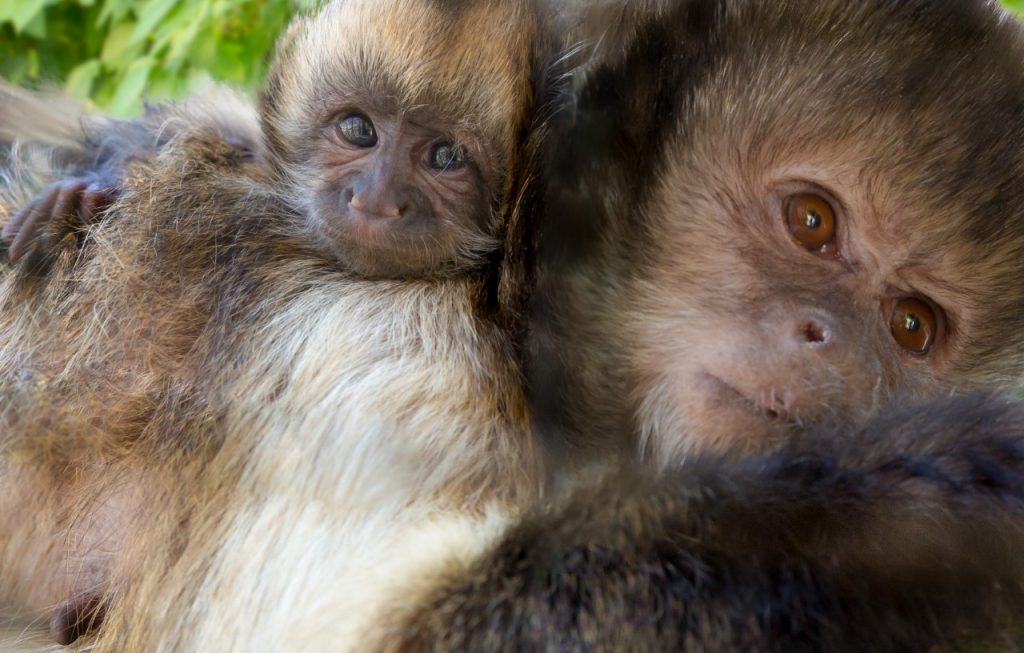Summary of mineral and iron binding polyphenolic plant compound levels in diets offered captive black rhinoceros (Diceros bicornis) in 3 zoos and 1 ranch in Texas
Citation
Ward AM, Hunt AS. 2001. Summary of mineral and iron binding polyphenolic plant compound levels in diets offered captive black rhinoceros (Diceros bicornis) in 3 zoos and 1 ranch in Texas. In Edwards M, Lisi KJ, Schlegel ML, Bray RE, Eds., Proceedings of the Fourth Conference on Zoo and Wildlife Nutrition, AZA Nutrition Advisory Group, Lake Buena Vista, FL.
Abstract
Hemosiderosis is commonly noted in captive black rhinoceros but not free-ranging animals. Animals held in a ranch setting, offered a diet containing at least 46% browse on a dry matter basis, do not experience the same health problems as animals in zoos. It is known that plants contain polyphenolic compounds that can bind iron and make it unavailable for absorption. It is proposed that the significant contribution of browse and consequently, polyphenolic compounds that can bind iron, facilitates better health and lower serum ferritin values in ranch animals. At the time of data collection zoo diets ranged in total iron binding polyphenolic levels from 0.11 mgE gallic acid/g to 0.65 mgE gallic acid/g. The ranch diet was 0.20 mgE gallic acid/g. These levels do not reflect intake over the year. Iron levels in diets for zoos and the ranch were 183 ppm to 264 ppm, and 375 ppm, respectively. A calf had the lowest serum ferritin level at 84 ng/ml. Zoo ferritin values ranged from 716 ng/ml to 9,560 ng/ml while ranch animals ranged from 477 ng/ml to 725 ng/ml.
 Ward-Mineral And Iron Binding Polyphenolic Plant Compound Levels In Diets Offered Captive Black Rhinoceros (Diceros bicornis) In 3 Zoos And 1 Ranch In Texa.pdf 4 MB
Ward-Mineral And Iron Binding Polyphenolic Plant Compound Levels In Diets Offered Captive Black Rhinoceros (Diceros bicornis) In 3 Zoos And 1 Ranch In Texa.pdf 4 MB








